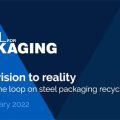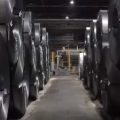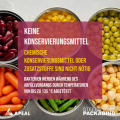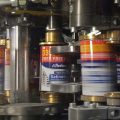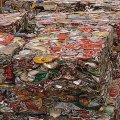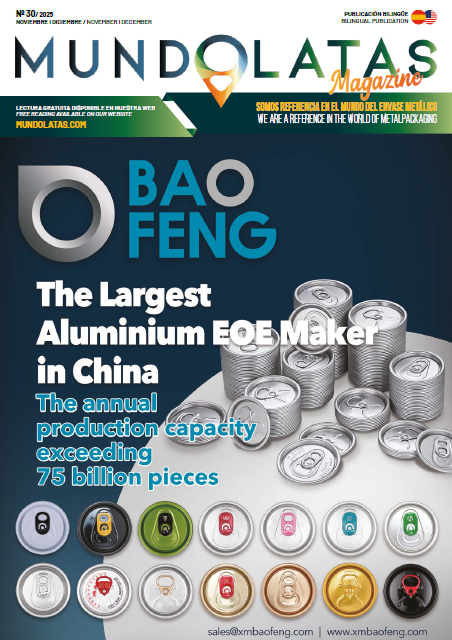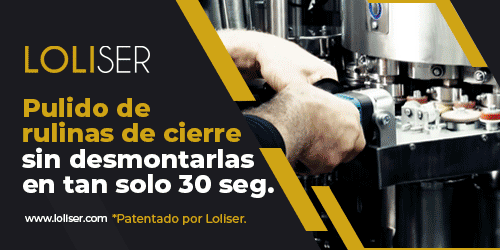The European association of steel packaging producers APEAL has announced the launch of its new report on best practices for the recycling of steel packaging. This document follows on from the association’s first report, entitled ‘Good practice in separate collection, sorting and recycling of packaging steel’, which was launched in 2018 and was well received across Europe.
Specifically, this new report details best practices in four key areas: optimization of separate collection, collection and sorting of steel caps and closures, scrap quality standards and design for recycling.
According to Alexis Van Maercke, secretary general of APEAL, the document “provides up-to-date and relevant information for all organizations and stakeholders, both in the public and private sectors, who want to know more about a real success story of materials recycling. In this regard Maercke adds that “the goal is to help stakeholders across the value chain work collaboratively to achieve APEAL’s vision of zero steel packaging in landfills by 2025″.
The unique inherent qualities of steel are a natural advantage. With an average recycling rate of 84% across Europe in 2019, packaging steel is already the most recycled primary packaging material in Europe, resulting in huge savings in emissions and resource and energy use. The magnetic properties make it easy and economical to recycle, as no specific sorting process is required. As a permanent material, steel can also be recycled forever without losing its quality.
Steel scrap is also an inherent part of the new steel production process, so every steel plant in Europe is also a recycling plant that saves resources, energy and emissions by recycling this material in a simple and efficient process.
However APEAL believes that more can be done, and in this regard Van Maercke adds that “steel for packaging is too valuable a resource to be wasted if Europe is to achieve the ultimate goals of the Green Deal. This new report shows how the unique properties of steel, together with the commitment of our industry, can bring us closer to achieving a more circular economy.”


